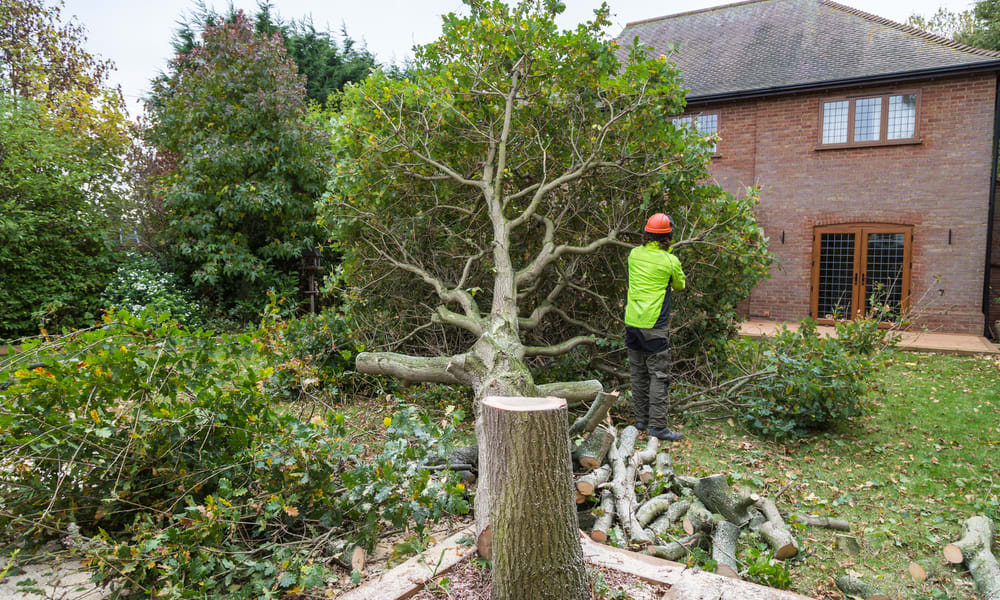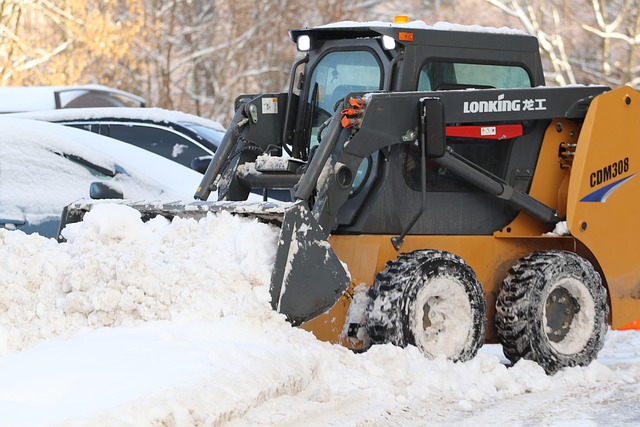Essential Pruning Techniques for Effective Tree Care in 2025
Proper tree pruning remains one of the most crucial aspects of landscape maintenance, combining science and artistry to promote healthy growth while ensuring safety. Modern arboricultural practices have evolved significantly, with 2025 bringing refined techniques that emphasize tree biology, environmental sustainability, and long-term health outcomes. Understanding these methods helps property owners make informed decisions about their trees' care and longevity.

What Makes Tree Pruning Important for Property Owners
The importance of tree pruning extends far beyond aesthetic considerations, encompassing safety, health, and economic benefits. Proper pruning removes dead, diseased, or damaged branches that could pose hazards during storms or high winds. Regular maintenance prevents structural problems from developing, reducing the likelihood of costly emergency tree services or property damage.
Pruning also promotes air circulation and sunlight penetration throughout the canopy, creating conditions that discourage fungal diseases and pest infestations. Trees that receive appropriate pruning typically demonstrate improved stress tolerance, better fruit production in applicable species, and enhanced overall vigor. Property values often increase with well-maintained landscapes, making pruning an investment in long-term asset protection.
Which Tree Pruning Techniques Deliver Optimal Results
Types of tree pruning techniques vary based on specific objectives and tree species characteristics. Crown cleaning involves removing dead, dying, diseased, and weakly attached branches, serving as the foundation of most pruning programs. This technique improves tree health while reducing potential hazards without dramatically altering the tree’s natural structure.
Crown thinning selectively removes branches to increase light penetration and air movement through the canopy. This method proves particularly valuable for dense trees or those planted too close to structures. Crown raising eliminates lower branches to provide clearance for vehicles, pedestrians, or buildings, while crown reduction decreases the overall size of the tree by cutting back to lateral branches.
Structural pruning focuses on developing strong branch architecture in young trees, establishing proper spacing and preventing the formation of weak unions. Restoration pruning addresses trees damaged by storms, improper previous pruning, or other traumatic events, gradually rebuilding healthy canopy structure over several growing seasons.
How Regular Maintenance Supports Tree Health
Tree maintenance tips encompass timing, frequency, and seasonal considerations that maximize pruning effectiveness. Most deciduous trees benefit from pruning during dormant seasons when energy reserves concentrate in root systems and wounds heal more efficiently. However, species-specific requirements vary significantly, with some trees like maples and birches requiring careful timing to prevent excessive sap flow.
Young trees require more frequent attention to establish proper structure, typically needing annual evaluation for the first five to seven years. Mature trees generally need professional assessment every three to five years, though this varies based on species, health status, and environmental conditions. Regular monitoring between formal pruning sessions helps identify emerging issues before they become serious problems.
Proper tool maintenance ensures clean cuts that heal effectively, while understanding branch collar biology prevents damage that could lead to decay. Making cuts at appropriate locations and angles promotes rapid wound closure and maintains the tree’s natural defense mechanisms against pathogens.
What Benefits Result from Consistent Pruning Programs
Benefits of regular tree pruning compound over time, creating healthier, more resilient trees that enhance property value and environmental quality. Consistent maintenance programs typically cost less than reactive approaches that address problems after they develop. Regular pruning also extends tree lifespan by preventing structural failures and reducing disease susceptibility.
Environmental benefits include improved stormwater management through healthy root systems, enhanced air quality through increased leaf surface area, and better wildlife habitat quality. Well-pruned trees provide more effective shade, reducing cooling costs during summer months while allowing beneficial winter sunlight when leaves drop.
Safety improvements represent perhaps the most immediate benefits, as regular pruning eliminates potential hazards before they cause injury or property damage. Insurance companies increasingly recognize the value of professional tree maintenance, with some offering reduced premiums for properties with documented maintenance programs.
Understanding Professional Tree Pruning Service Costs
Professional tree pruning services typically range from $250 to $800 per tree, depending on size, species, location, and complexity of work required. Small trees under 25 feet generally cost $250 to $400, while medium trees between 25 to 50 feet range from $400 to $600. Large trees exceeding 50 feet or requiring specialized equipment often cost $600 to $1,200 or more.
| Service Type | Size Range | Typical Cost Range | Additional Factors |
|---|---|---|---|
| Basic Pruning | Small trees (under 25 ft) | $250 - $400 | Access, species complexity |
| Standard Pruning | Medium trees (25-50 ft) | $400 - $600 | Equipment needs, branch density |
| Complex Pruning | Large trees (over 50 ft) | $600 - $1,200+ | Crane requirements, hazard removal |
| Emergency Services | All sizes | $500 - $2,000+ | Storm damage, urgent safety issues |
Prices, rates, or cost estimates mentioned in this article are based on the latest available information but may change over time. Independent research is advised before making financial decisions.
Geographic location significantly influences pricing, with urban areas typically commanding higher rates due to increased overhead costs and specialized equipment requirements. Additional factors affecting cost include debris removal, permit requirements, and seasonal demand fluctuations.
Proper pruning techniques continue evolving as our understanding of tree biology advances, making 2025 an excellent time to invest in professional tree care. Regular maintenance programs provide the best value while ensuring trees contribute positively to property aesthetics, safety, and environmental quality for generations to come.




